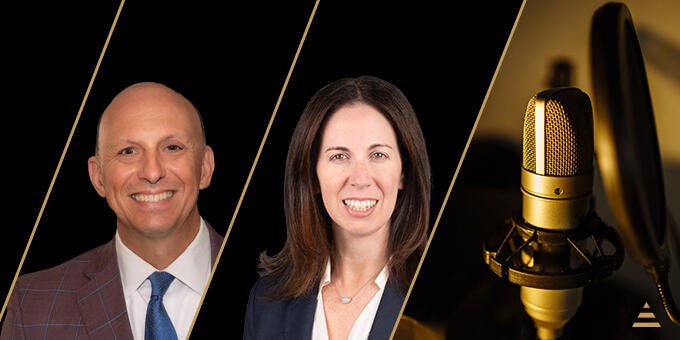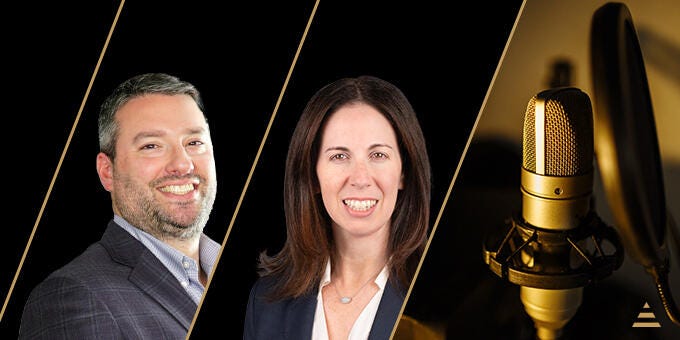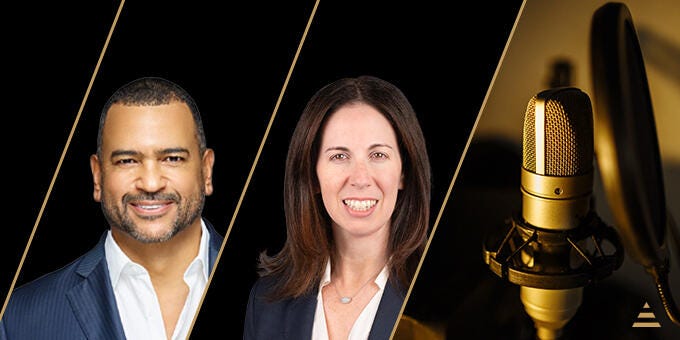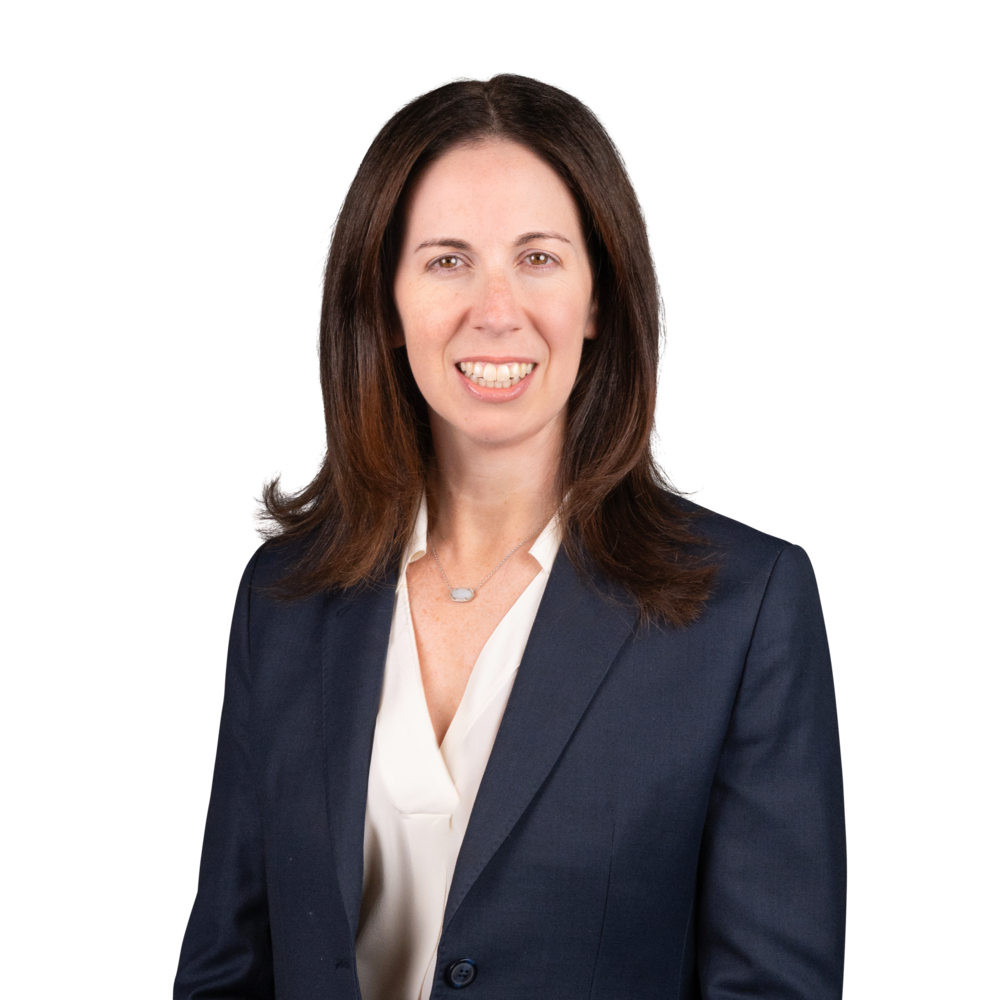
Seasoned Primaries
- Published
- May 22, 2025
- Share
In this episode of EisnerAmper's Engaging Alternatives Spotlight, Elana Margulies-Snyderman, Director, Publications, EisnerAmper, speaks with Richard Lichter, Managing Partner, Causeway Equity Partners, a Florida-based niche investment manager that invests in seasoned primaries. Richard shares his outlook for investing in seasoned primaries, including the greatest opportunities, challenges and more.
Transcript
Elana Margulies-Snyderman:
Hello and welcome to the EisnerAmper Engaging Alternatives Podcast series. I'm your host, Elana Margulies-Snyderman and with me today is Richard Lichter, Managing Partner at Causeway Equity Partners, a Florida-based niche investment manager that invests in seasoned primaries. Today, Richard will share with us his outlook for investing in this space, including the greatest opportunities, challenges, and more. Before we dive into the discussion with Richard, don't forget to hit the like button and subscribe to EisnerAmper wherever you listen to your podcasts, and you can also find us on YouTube at EisnerAmper. Hi, Richard. Thank you so much for being with me today.
Richard Lichter:
Well, thanks for having me, Elana.
Elana Margulies-Snyderman:
Absolutely. So, to kick off the conversation. Tell us a little about yourself and how you got to where you are today.
Richard Lichter:
Sure. Well, I started my career in investment banking on Wall Street, but spent most of my career, last 30 years, in private equity, specifically the secondaries industry. So, I was a Partner of the first buyout secondaries fund ever, which was 30 years ago. Makes me feel old when I say that, but that's the fact. I co-founded Lexington Partners and then afterwards I sold my interest and then I founded Newbury Partners, which grew to a major player over 16 years. And then I sold that two years ago, and I saw this great opportunity in seasoned primaries over the last few years, and that's what I'm focusing on right now.
Elana Margulies-Snyderman:
Great, Richard. That segues nicely into the question I have for you. Since you focus on seasoned primaries, I would love to hear your high-level outlook for the space.
Richard Lichter:
Well, seasoned primaries have been around all the time, but they've changed fundamentally over the last two or three years. My specialty is small and middle market buyout, and in that space it's very difficult to raise money over the last two or three years for a number of reasons. Primarily the distribution activity has been low. And so, what's happened is these funds, and it's over 80% of the funds in that space, it takes them a long time to raise money. These are groups with great track records who've been around for a while. Used to maybe take them four or five months, now it takes them two years to raise the money. And while they're raising the money, they're investing the money, they have multiple closings. So, let's say they want to raise $500 million, they close on $100 million, they start investing it. So, after two years when they're finally getting to their final closing, maybe 50% or 60% of the fund is actually committed. Sort of looks like a secondary in many ways. I mean, traditionally the definition of seasoned primaries was 25% or more committed at final closing. But as a practical matter, nowadays there's plenty of great funds at 50% or 60%. And the reasons that it's taken them long to raise money has nothing to do with the group. Whereas ordinarily it used to be. Maybe there was a partner left, a change of strategy. Now it's just the market. So, it's a bad fundraising market. Typically, these groups aren't that good at raising money, and so it takes some longer. And so, you can get in as an investor in the final closing. You can see what you buy before you buy it, it's 50% or 60% committed. There's a much-reduced J-curve, so very similar to secondary investing that I saw. It's diversified pool, what you get. And one great thing about it is it's still a primary. So, you're getting everything at cost. It's not like on a secondary, it's a discount to NAV but it's well above cost. An average good fund in small middle market produces two times net returns, which is well higher than anything in the secondary space. So, you sort of get all the benefits of secondaries, but you get this much higher return. It's a new market now in a way because of the underlying fundraising market, but it's been a great opportunity.
Elana Margulies-Snyderman:
And Richard, in your space, what are some of the specific greatest opportunities you see and why?
Richard Lichter:
Well, we focus on sort of the low hanging fruit because there's so much of this stuff out there. So, we're not doing anything where there's any risk. There's no venture real estate, infrastructure, new funds, foreign funds. It's all funds that are investing in real companies, that are very understandable, they have real revenues, real earnings. And I think that's the best opportunity because there's very little risk and it's a diversified portfolio. It's unleveraged on the fund level. So that's what we focus on.
Elana Margulies-Snyderman:
On the other hand, Richard, what are some of the greatest challenges you facing your space and why?
Richard Lichter:
Well, it's sort of a great time. It's sort of the embarrassment of riches in a way. There's so many of these things. It's 80% of the market fits into this category, and that's going to 90% pretty quickly because even with cuts in interest rates and this new volatility in the market, it just makes it even better. So, the biggest challenge is just doing the work. There's so many of these things, but we still have to cull through them and make a business decision on the best funds. So that's the challenge, but that's just part of doing business. That's a lot better than having to search for something. There's just so many of them.
Elana Margulies-Snyderman:
Richard, we've covered a lot of ground today and wanted to see if you have any final thoughts you would like to share with us.
Richard Lichter:
Well, for me, it's personally very exciting, this industry, because it's new. It sort of feels the way secondaries felt 30 years ago. I think there'll be a change. I don't think even when the fundraising environment is not in freeze up, I don't think it ever goes back to the way it was with small middle market. So, it's just an exciting area. And from investors, it's a great area because you get all the benefits of secondary investing, minimizing the J-curve and blind pool risk is mitigated and it's diversified portfolio. But there's no give up on cash-on-cash returns. So, it's sort of a great place to be. Usually the early groups, the early parts of the market, that's the best time to be there.
Elana Margulies-Snyderman:
Richard, I wanted to thank you so much for sharing your perspective with our listeners.
Richard Lichter:
Well, thanks for having me, Elana.
Elana Margulies-Snyderman:
And thank you for listening to the EisnerAmper Podcast series. Visit EisnerAmper.com for more information on this and a host of other topics. And join us for our next EisnerAmper Podcast when we get down to business.
Transcribed by Rev.com
Also Available On
Engaging Alternatives Spotlight
What's on Your Mind?
Start a conversation with Elana



